
Coach’s Corner Tip
Target Lines
How do you get lined up on a given lane condition? How do you make adjustments? Let’s look at lining up and making adjustments on a typical league pattern.
On a typical league pattern there is a lot more oil applied to the boards between the 2nd arrow on the right side and the 2nd arrow on the left side. In order to take full advantage of this condition you need to get the ball right (for a right-hander) of the heavy oil. Typically, this point on the lane is somewhere between 30’ and
35’ down the lane.
So if you start the ball just into the heavier oil to the left of the 2nd arrow (let’s say around the 12th board) and get the ball out to this drier area (around the 7-8-9 boards), you won’t have to be perfect to hit the pocket. In Figure 1 below, you can see this target line visually.
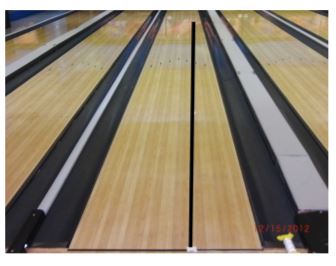
Figure 1. Initial target line from “12 to 7” .
Every time a ball is rolled oil is removed from the lane. Once enough balls have been thrown in the same area of the lane the ball starts to hook too soon and you have to move in order to keep hitting the pocket. How do you decide where and how to move?
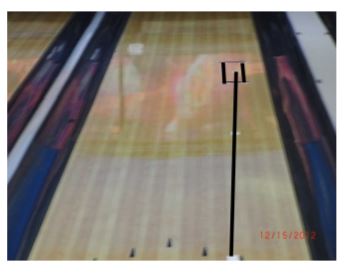
Figure 2. Initial target line from the arrows to about 35’
In figure 2 you can see this initial target line from the arrows to a “box” that is 3 boards wide and 3’ long between about 32’ and 35’. The idea of bowling on
typical league conditions (a.k.a. house shots) is to keep your target line so that you keep the ball in this box.
Think of a string going from this box to the foul line. In order to make a move (almost always to the left for a right-hander) think about simply picking up the string and moving it to the left until the string starts in the oil. So, if you move this line so that you cross the arrows at 14, you will move the release point at the foul line left by about 3 boards. This means that you will need to move
your feet 3 boards to the left. Now your target line looks like figure 3.
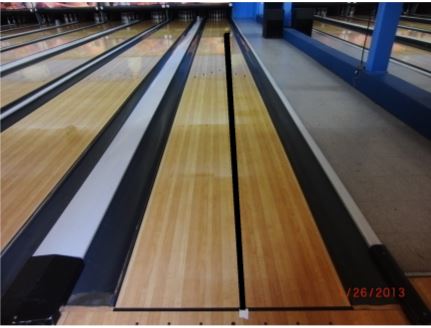
Figure 3. First move left.
Now the laydown point has moved left from about 15 to about 18 on the approach. This means that the inside of your left foot is noow at about 23 (if you walk straight).
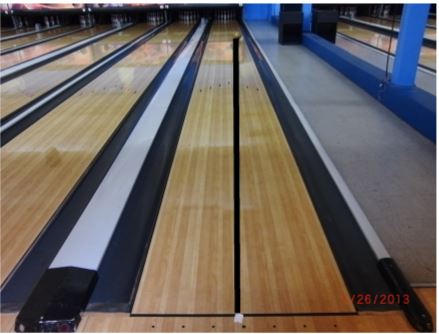
Figure 4. Second move to the left. The laydown point is now 21 rolling the ball through 16 at the arrows.
Now let’s make one more move to the left. Moving from 14 to 16, the laydown
point has moved left to 21. This means that your starting point on the approach is now 26. So you are standing on 26, rolling the ball over 16 out to 8 at about 32’ to 35’.
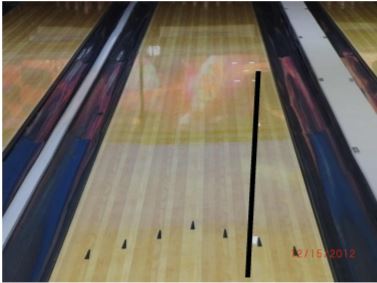
Figure 5. By making a 1-0 move you move the target line to the right at “the box” at 32’ to 35’.
What happens if you just move your feet? If you do this you drastically change how far right the ball goes on the lane. This is like moving the front and back portions of the string at the same time. In figure 5 you can see that by moving your feet 1 board without moving your target at the arrows causes the target line to move to the right (outside) of the “box” at this point down the lane.
This type of move can sometimes be made but you must realize that it is a change of direction for the ball path and not just a minor targeting move.
This is a common mistake to move the feet in a way that does not move your target line across the lane so that you can get to fresher oil in the front part of the lane and still get the ball to a point down the lane that gets you to a good ball reaction. Is this the only way to move on house conditions? Of course not, but this will give you a starting point to see and understand how adjustments work in this situation.
So, if you want keep striking as the lanes break down just remember to keep moving that string to the left. By making moves of 2 feet and 2 target (2 and 2) to 3 feet to 2 target (3 and 2) you will keep your target line moving left so that you can keep moving into fresher oil and still keep the ball from going too far right down the lane. Happy striking!